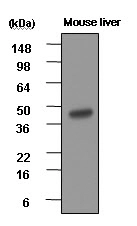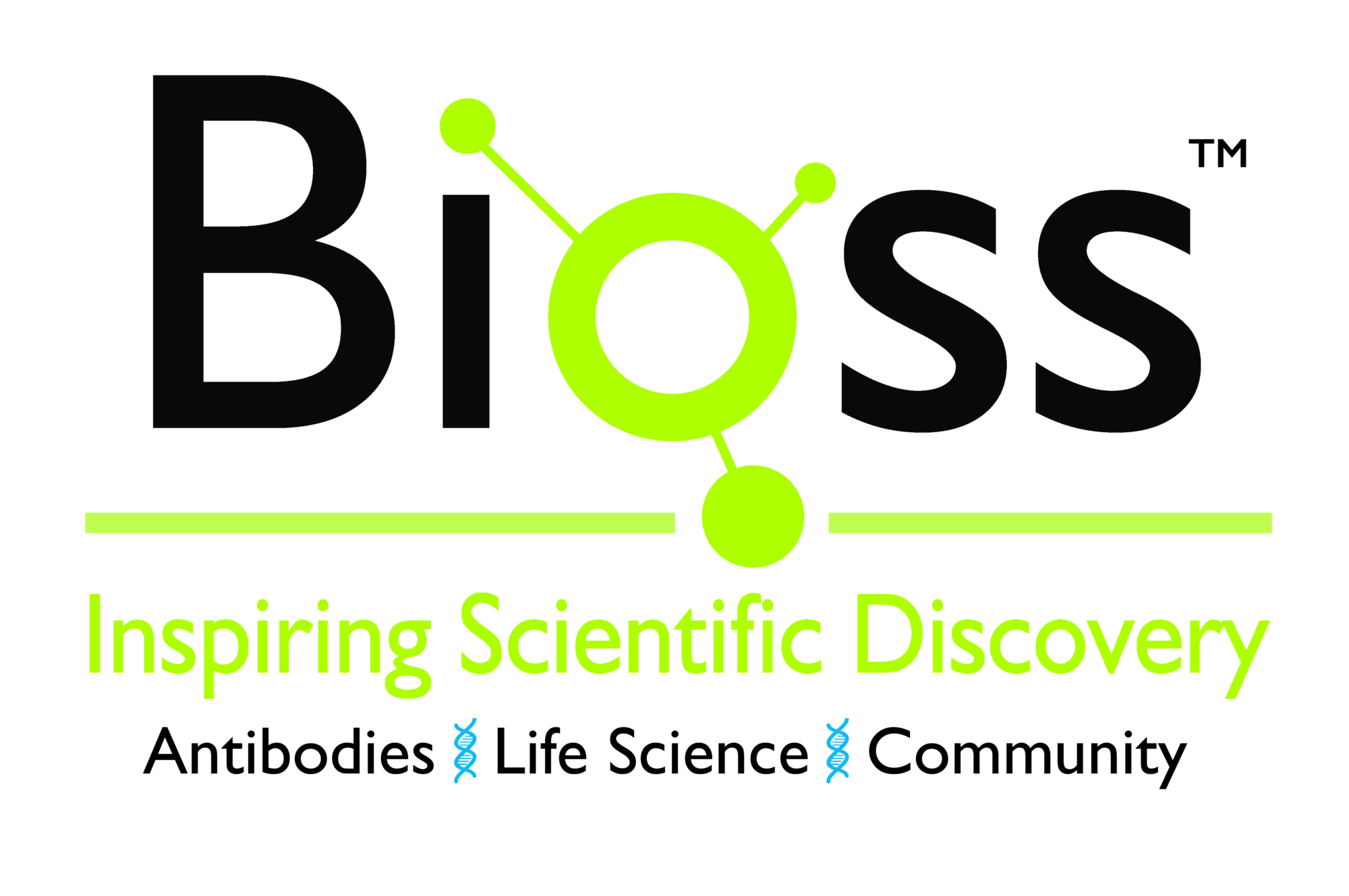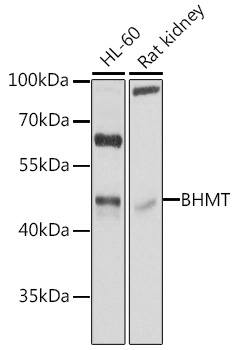
The extracts of mouse liver(each 20ug) were resolved by SDS-PAGE, transferred to PVDF membrane and probed with anti-human BHMT (1:1000). Proteins were visualized using a goat anti-mouse secondary antibody conjugated to HRP and an ECL detection system.
BHMT antibody [3D6]
GTX50061
Overview
- SupplierGeneTex
- Product NameBHMT antibody [3D6]
- Delivery Days Customer9
- Application Supplier NoteWe recommend the following starting dilutions:Western Blot: Use at 1:1,000 ~ 2,000.Optimal working concentrations should be determined experimentally by the end user.
- ApplicationsWestern Blot, ELISA
- CertificationResearch Use Only
- ClonalityMonoclonal
- Clone ID3D6
- Concentration1 mg/ml
- ConjugateUnconjugated
- Gene ID635
- Target nameBHMT
- Target descriptionbetaine--homocysteine S-methyltransferase
- Target synonymsbetaine--homocysteine S-methyltransferase 1; BHMT1; epididymis secretory sperm binding protein Li 61p; HEL-S-61p
- HostMouse
- IsotypeIgG2a
- Protein IDQ93088
- Protein NameBetaine--homocysteine S-methyltransferase 1
- Scientific DescriptionThis gene encodes a cytosolic enzyme that catalyzes the conversion of betaine and homocysteine to dimethylglycine and methionine, respectively. Defects in this gene could lead to hyperhomocyst(e)inemia, but such a defect has not yet been observed. [provided by RefSeq, Jul 2008]
- Storage Instruction-20°C or -80°C,2°C to 8°C
- UNSPSC12352203




![IHC-P analysis of human Liver tissue using GTX83111 BHMT antibody [8C11H5].](https://www.genetex.com/upload/website/prouct_img/normal/GTX83111/GTX83111_20170912_IHC-P_w_23061322_258.webp)
